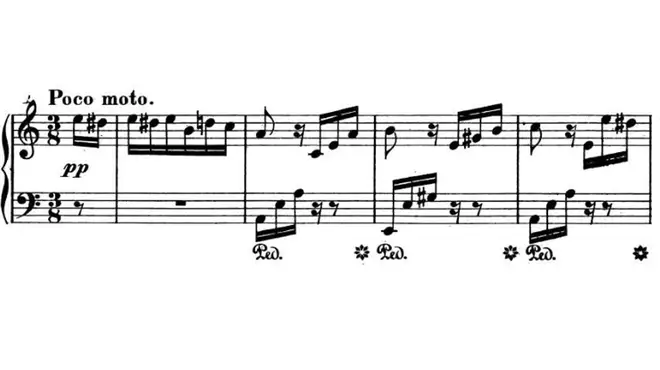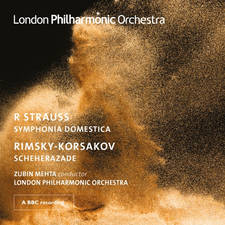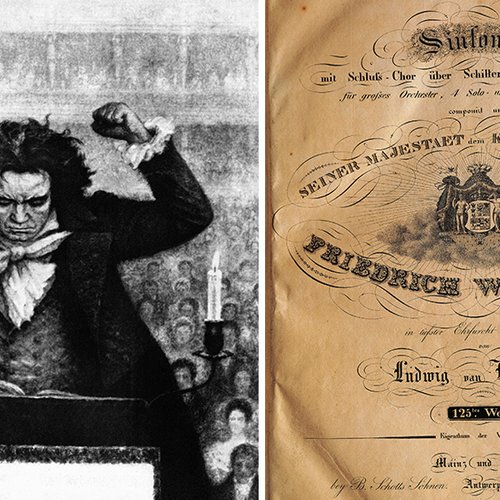Why Beethoven's ‘Für Elise’ is an unexpectedly sophisticated piece of music
7 December 2018, 11:00 | Updated: 11 December 2018, 14:34

Beethoven - Für Elise
 Promoted by Marcus
Promoted by Marcus
It's one of the most famous pieces of piano music, but Beethoven's ‘Für Elise’ has a lot more going on under the hood than you might expect.
Marcus is not just your average bank, and with them we're looking at a piece of music that, despite what you think, is a bit out of the ordinary.
Beethoven wrote his Bagatelle No. 25 in A minor, better known as ‘Für Elise’, in 1810, but it wasn't published until 1867, 40 years after his death.
It's one of the first pieces learner pianists play on the piano; open a little music box, and there's a good chance you'll hear it's charming melody. But although it seems like quite a simple piece, it turns out that ‘Für Elise’ is a actually a really sophisticated piece of music: well, it was written by Beethoven after all.
Who was the piece written for?
There has been a lot of discussion around the subject of ‘Für Elise’, which means to ‘For Elise’ in German. But it's not as straight forward as that.
When the music was being transcribed, Beethoven's handwriting was misread. The text on the manuscript actually read ‘Für Therese’. You can read our in-depth investigation of the question who was Therese here.
It is widely acknowledged that Therese was Therese Malfatti, a woman to whom Beethoven proposed in 1810 – the same year he composed ‘Für Elise’.
The famous opening phrase

The opening phrase of ‘Für Elise’ is a simple six note phrase, and one of the best known motifs in classical music. The simple beginning of alternating E – D sharp is a minor second interval that sets the tone for the entire piece. It is a gentle plea by Beethoven that resolves itself in the latter part of the phrase (B – D natural – C – A). The final note establishes the key of the piece, A minor.
It's this elegant chromaticism, leading to simple resolution that gives the opening so much charm.
If this piece was indeed dedicated to Therese around the time Beethoven proposed to her, this pleading motif might have a lot of underlying meaning…
The magic in its simplicity
‘Für Elise’, unlike many classical masterpieces in an accessible piece to play. The simple right hand melody is accompanied with a sequence of broken chords in the left hand. The development section is more chordal and more virtuosic, but it's still a piece many amateur pianists can enjoy playing.
Form
The piece is in rondo form, where the main theme appears three times, separated by contrasting sections. The shape of the piece in Rondo form can be summarised as ABACA, where A is the main theme, and B and C are the two development sections.
In the C section, Beethoven employs a pedal point in the form of a pulsing A note. This tonic pedal creates a huge amount of tension and forward momentum to build the dramatic climax of the piece. Again, it's a simple technique, executed with a touch of absolute genius.
A Hidden name?
German musician and academic Johannes Quack notes that the famous opening can be read as a code that spells out the name Elise. The note E-flat is called an Es in German and is pronounced as "S", that makes E–(L)–(I)–S–E. Could this be a secret love note in Beethoven's score?
Marcus by Goldman Sachs offers an easy access online savings account, find out more at marcus.co.uk



























